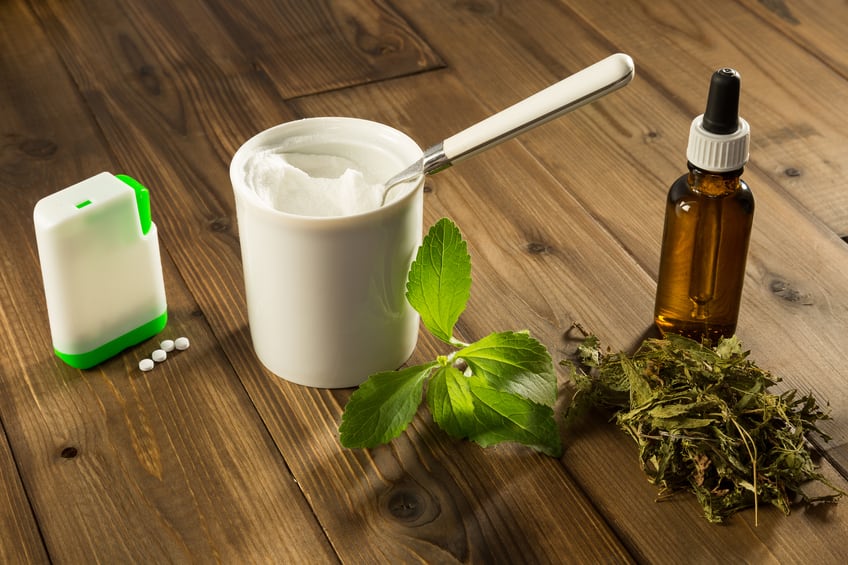The findings spell good news for the food industry, which in recent years have looked to sugar replacers as a viable solution to deliver products with reduced energy and sugar.
Plant-based substitutes such as stevia (Stevia rebaudiana) and inulin offer nutritional and technological advantages.
Inulin, for example is not only a dietary fibre but also a prebiotic that is linked to improved bowel habits and increased calcium absorption although EU authorities have not as yet authorised such claims. Inulin has previously been used for partial sucrose replacement.
Sugar substitutes

While total replacement of sucrose gave muffins a firmer texture, researchers from Lincoln University in New Zealand found that a 50% replacement gave a similar texture to control.
In vitro digestion analysis noted a reduced glycaemic response in sugar-replaced muffins compared to control samples.
The results also suggested that increasing levels of the stevianna or inulin in muffins resulted in a decrease in rapidly digestible starch (RDS) values, suggesting that sugar release was lower in the 100% muffins than in the 50% muffins.
In particular, the replacement of sucrose with 100% stevianna proved more efficient in reducing the body’s exposure to the sugar substitute (AUC) when compared with the control muffins.
RDS and AUC
The RDS and AUC values obtained are particularly reliable ways in assessing how an individual would manage sugar circulating in the body.
RDS was the main element in muffin samples that were measured as glucose after 20 min of digestion, to reflect the rate of absorption in the small intestine. Result showed the amounts of RDS reduced as the replacement sugar levels increased.
Another parameter, total AUC (area under the curve), was always found to be lower in the 100% sugar replacement than in the 50% sugar replacement for the corresponding stevianna or inulin formulations.
The effect of the presence of stevianna in reducing total AUC contents was more pronounced than the samples containing inulin.
“We have applied our knowledge of food systems to investigate how food manufacturers can reduce the amount of added sugar in food products whilst still maintaining quality characteristics for the consumer," said Dr Margaret Brennan, co-author of the International Journal of Food Science & Technology study.
"Careful selection and incorporation of low calorific natural sugar replacers into foods can lead to improved dietary intakes and control of glucose metabolism, body weight gain, and diet-related illnesses such as diabetes."
Past research

Several studies have already looked into the possibility of using stevianna in the formulation of various baked goods, such as muffins and cookies.
“Standardised AUC observations may support the hypothesis that stevianna would have a beneficial effect in terms of weight management and the potential glycaemic impacts of such foods,” the researchers commented.
“Therefore, stevianna could be used to create a model of lower calorie content of traditionally readily digestible starchy foods.”
Inulin has also proved popular as sugar replacers in bakery products. The addition of inulin to gluten-free layer cakes is believed to slow the release of reducing sugars and, hence, lower postprandial blood glucose levels.
The structure of inulin is thought to be the reason as to how it resists digestion in the human intestines and delay gastric emptying.
Source: International Journal of Food Science & Technology
Published online ahead of print, DOI: 10.1111/ijfs.13143
“Effect of sugar replacement with stevianna and inulin on the texture and predictive glycaemic response of muffins.”
Authors: Jingrong Gao, Margaret Brennan, Susan Mason and Charles Brennan
